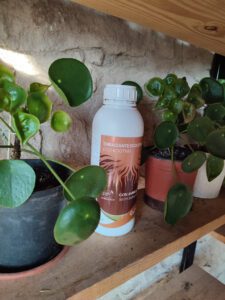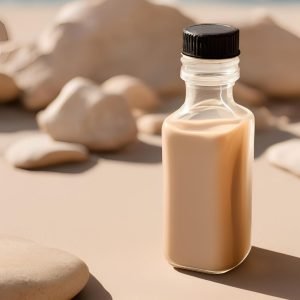[et_pb_section admin_label=”section”]
[et_pb_row admin_label=”row”]
[et_pb_column type=”4_4″][et_pb_text admin_label=”Text”]
Cauliflower cultivation guide. Cauliflower is a plant belonging to the Cruciferae family, whose botanical name is Brassica oleracea L. var. botrytis. In these plants the inflorescence is hypertrophied, forming a mass of petioles and caked leaf buds.
At the beginning, cauliflower cultivation was concentrated in the Italian peninsula, and due to the intense commercial relations in Roman times, it would result in its diffusion among different areas of the Mediterranean. During the 16th century its cultivation spread in France, and it appeared in England in 1586. In the 17th century, its cultivation became generalized throughout Europe and at the end of the 18th century its cultivation was mentioned in Spain. Finally, during the 19th century, the European colonial powers extended its cultivation throughout the world.
Now that you know a little more about cauliflowers, today we are going to go with the cauliflower cultivation guide.
WHEN AND HOW TO SOW THE CABBAGE CABBAGE
The first thing we will do is to explain the types or varieties of cauliflowers that we have depending on when we plant them.
- Summer cauliflower, which has a short cycle, between three and five months, and has no particular requirements for pellet formation.
- Autumn cauliflower, which can be harvested in stages. It has the particularity of not forming pellets if it has not been subjected to relatively low temperatures for a certain period of time.
- Winter and spring cauliflower, whose plants have more requirements, both in quantity and duration of cold in relation to the previous ones.

Now that we know that we can grow this wonderful plant all year round, it is time to tell you how to plant it:
- Cauliflower is more demanding in terms of soil than other crops of its species, requiring soils with good fertility and high nitrogen and water supply. In poor quality soils or in unfavorable conditions, they do not achieve optimal growth.
- Cauliflower is a crop that has a preference for porous soils, not waterlogged, but at the same time have the capacity to retain soil moisture.
- The optimum pH is around 6.5-7; in more alkaline soils it develops deficiency states.
We recommend sowing in seedbed, and from there to the soil once it has at least 3 or 4 pairs of true leaves.
IRRIGATION IN THE CAULIFLOWER CULTIVATION GUIDE
Cauliflower is a plant that demands daily watering but not excessive, since it does not support well the water-saturated soils. The ideal is to water at least every 2 days, as long as it does not rain. Once it rains we must pay attention to the humidity of the soil, and not water for the sake of watering.

HOW AND WHEN TO HARVEST CAULIFLOWER
This already depends a little on the variety we have planted, as there are; EXTRA EARLY, EARLY, MID SEASON AND LATE SEASON. Once this is clear, it is normal to harvest once the stalk is finished. This when it is… Well, here it depends on each one how you want to harvest it, the ideal is to collect it at its optimum point, before it begins to glean and is hard and compact.
If it is overdone, it will start to glean and form flowers. Another thing you may not know is that the leaves are also edible.

MOST COMMON DISEASES AND PESTS IN CAULIFLOWER IN CAULIFLOWER CULTIVATION
We are going to comment a little above what are the most common pests in the cauliflower cultivation guide.
INSECTS IN THE CULTIVATION OF CAPRIFLOWER
- PUGS (Pieris brassicae, Mamestra brassicae)
- MOths (Plutella xylostella, Hellula undalis)
- UNDERGROUND FLY (Chortophilla brassicae)
- WHITE MOSCA (Aleurodes brassicae)
- CRUCYPHERUS ZERO POPPY (Brevicoryne brassicae
DISEASES IN THE CULTIVATION OF CAPRIFLOWER
- POTRA OR HERNIA OF CABBAGE (Plasmodiophora brassicae)
- BOTRITIS (Botrytis cinerea)
- MILDIU (Peronospora parasitica f.sp. Brassicae)
- DRY PODREDUMBER (Phoma lingam)
- BACTERIOSIS OF CAULIFLOWER (Genus Pseudomonas, Erwinia carotovora subsp. carotovora, Xanthomonas campestris pv. campestris)
PRODUCTS WE RECOMMEND FOR THIS CROP
OUR CAULIFLOWER SEEDS

[/et_pb_text][/et_pb_column]
[/et_pb_row]
[/et_pb_section]

